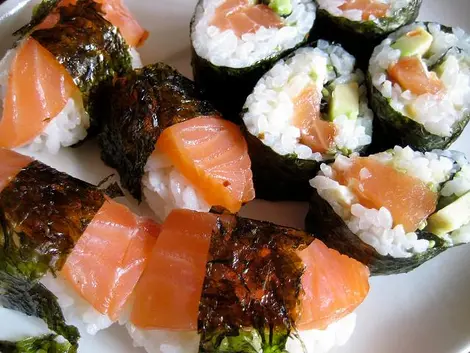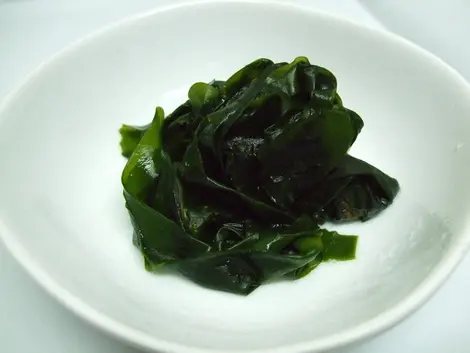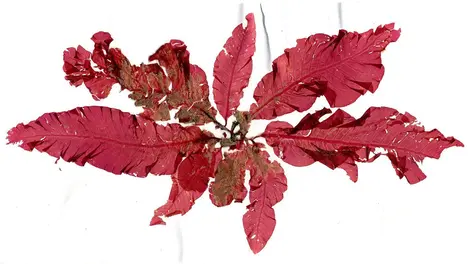Japanese Seaweed 海藻類
Amazing Algae
For centuries, edible seaweed has been consumed in Japan daily; and with good reason, because these "sea vegetables" have great qualities - they're tasty and nutritional.
Really!
As we know, the Japanese are fond of the sea. An island nation, the surrounding ocean has shaped the inhabitants of Japan, helping forge their identity.
When it comes to gastronomy, all that the ocean has to offer is showcased on the Japanese dinner table: fish, seafood, and... seaweed!
And this undoubtedly contributes to the famous Japanese longevity. Indeed, algae contain many vitamins (A, B, C), minerals (calcium, magnesium, iron, potassium), proteins and fibres that make them excellent antioxidants. Why not try some of them? Especially knowing how their flavors complement the country's cuisine so well...
Nori - 海苔
Rich in protein and amino acids, the seaweed nori is famous for its role in the making of maki-zushi. It is sold in stores in dried square or rectangular sheets. In its natural state, nori seaweed is categorised as "red". Did you know that this algae is also found in Europe? A lot is now produced in Brittany, France.
Wakame - ワカメ
Wakame is - like nori - another seaweed featured in well-known Japanese cuisine. It is found in many dishes, particularly in the famous miso soup that accompanies most meals. With a nutritional protein content (up to 21% of dry weight), vitamins (A, B1, B2, B12, C), and a good balance of essential amino acids, this "sea mustard" (an alternative name in English) proves to be an ideal energy source to strengthen the body.
Kombu - 昆布
This brown seaweed is one of the two ingredients making dashi (出汁), stock or broth, which is used widely in Japanese cuisine. Traditionally grown in Hokkaido, kombu is now cultivated as far south as the Seto Inland Sea.
In Japan, it can be eaten fresh or can be used in many recipes based on vegetables, salads and soups. It is also an excellent ingredient to flavor sauces and accompaniments.
Hijiki - 羊栖菜
Looking a little like black noodles, this seaweed can be steamed, sautéed or simmered. It contains less protein than its counterparts, but has higher calcium levels. It's eaten less often than nori, wakame and kombu by the Japanese, but it is still much appreciated - apart from the few detractors who accuse it of containing too much inorganic arsenic.
Dulse - ダルス
Dulse is red and has a unique taste, both sweet and spicy. It is a pleasure to eat in soups and salads. This seaweed is rich in iron, magnesium (about 16%), calcium, potassium, phosphorus and iodine. It is - like nori - a major source of protein (it contains as much as soy!).






















